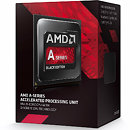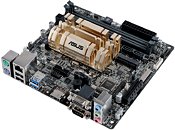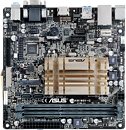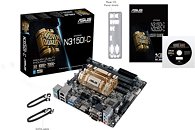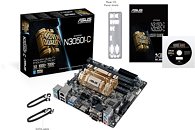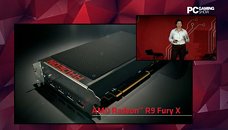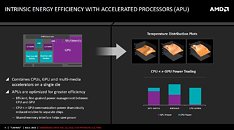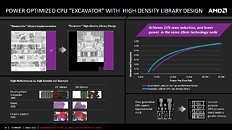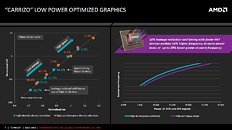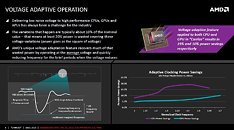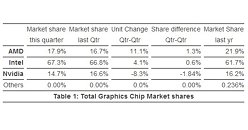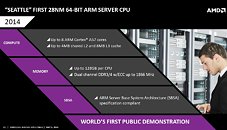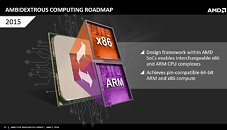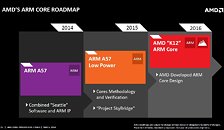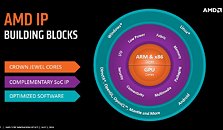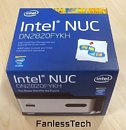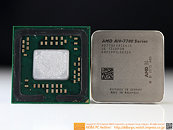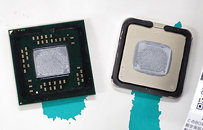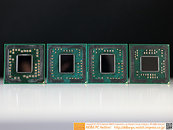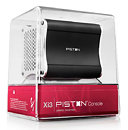
QNAP Intros TS-251+ and TS-451+ High-value NAS Servers
QNAP Systems, Inc. today announced the release of the quad-core 2-bay TS-251+ and 4-bay TS-451+ NAS that provide an uncompromising high-performance and scalable storage solution for small offices and workgroup users with appealing affordability. The new models feature virtualization readiness, containerized applications, advanced backup solutions, real-time & offline video transcoding, QvPC Technology, HDMI video playback with an included remote control, and many more functions that are beneficial for businesses and SOHO users to build a cost-efficient and modern storage solution.
The TS-251+ and TS-451+ are powered by a 22nm 64-bit quad-core Intel Celeron 2.0GHz processor (burst up to 2.42GHz) with 2GB/8GB energy-efficient DDR3L RAM. They also include dual Gigabit LAN ports, and can deliver up to 225 MB/s throughput and up to 205 MB/s transfer speeds with AES 256-bit volume & folder encryption."The TS-251+ & TS-451+ are ideal choices for those who demand the superior performance of a quad-core x86-based NAS without breaking the budget," said Jason Hsu, Product Manager of QNAP. "Both NAS are speedy, versatile and provide future-proof scalability."
The TS-251+ and TS-451+ are powered by a 22nm 64-bit quad-core Intel Celeron 2.0GHz processor (burst up to 2.42GHz) with 2GB/8GB energy-efficient DDR3L RAM. They also include dual Gigabit LAN ports, and can deliver up to 225 MB/s throughput and up to 205 MB/s transfer speeds with AES 256-bit volume & folder encryption."The TS-251+ & TS-451+ are ideal choices for those who demand the superior performance of a quad-core x86-based NAS without breaking the budget," said Jason Hsu, Product Manager of QNAP. "Both NAS are speedy, versatile and provide future-proof scalability."



